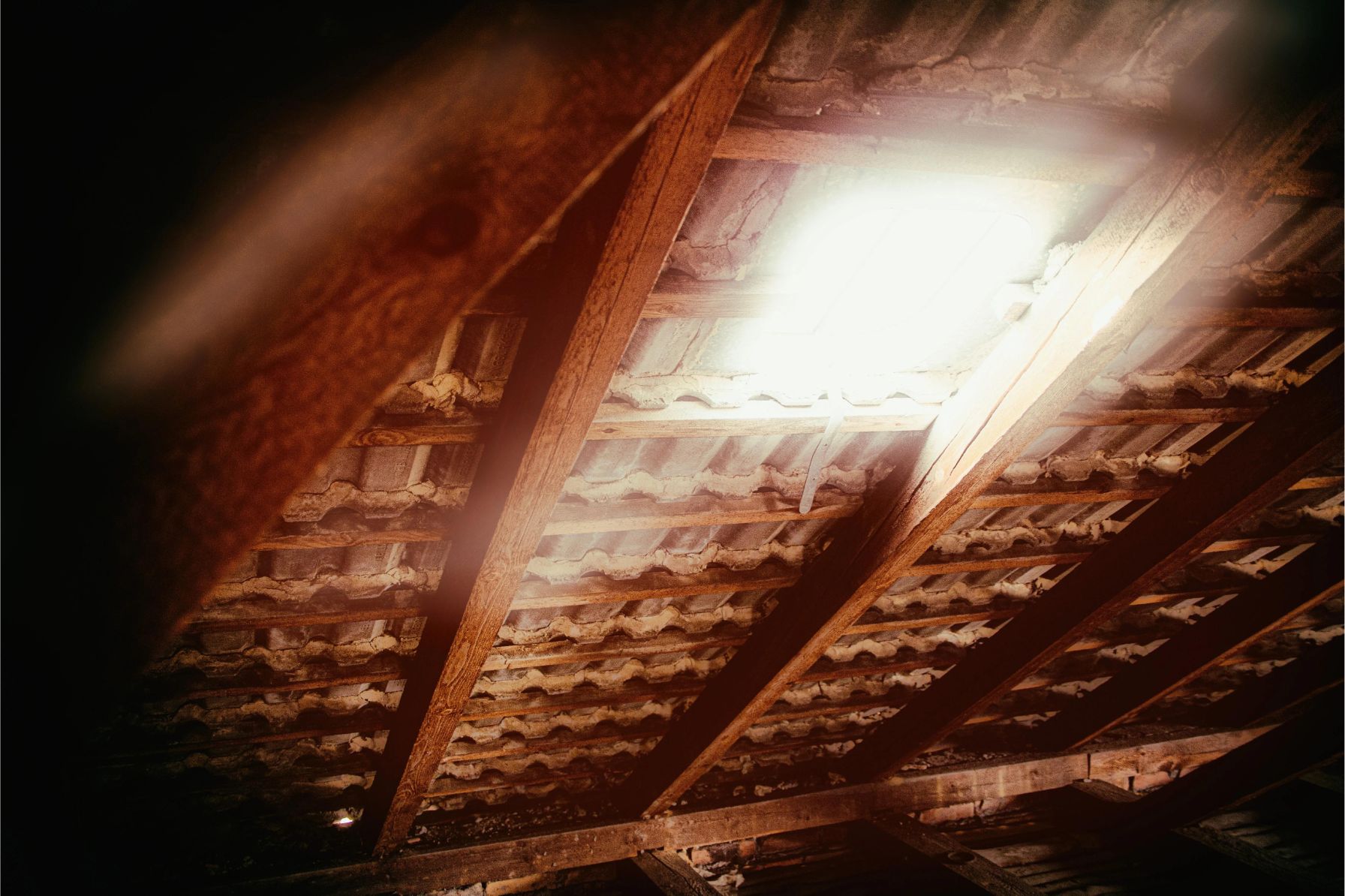

Articles
What Is A Good R Rating For Insulation
Modified: January 8, 2024
Discover the ideal R rating for insulation in this comprehensive article. Find out what makes a good R rating and how it can enhance energy efficiency.
(Many of the links in this article redirect to a specific reviewed product. Your purchase of these products through affiliate links helps to generate commission for Storables.com, at no extra cost. Learn more)
Introduction
When it comes to maintaining a comfortable and energy-efficient living or working space, insulation plays a crucial role. Insulation helps to regulate temperatures, reduce energy consumption, and provides soundproofing benefits. But what exactly is insulation? And how do you determine what is a good R rating for insulation?
Insulation refers to the material or system used to reduce heat transfer, whether it’s to keep heat in during colder months or to keep heat out during hotter months. It acts as a barrier between the inside and outside environment, preventing unwanted heat exchange.
The effectiveness of insulation is measured by its R value. The R value is a measure of thermal resistance, which indicates how well a material or system can resist heat flow. The higher the R value, the better the insulation’s resistance to heat transfer.
Now, you may be wondering how to determine what is a good R rating for insulation. The answer depends on several factors, including climate, location, and the specific area of your building where insulation is being installed.
Key Takeaways:
- Proper insulation is crucial for energy efficiency, comfort, and structural integrity. Understanding R ratings, considering climate factors, and consulting professionals are key to selecting the right insulation for your building.
- Investing in proper insulation offers benefits such as energy efficiency, improved indoor air quality, and long-term cost savings. Consider factors like climate, location, and specific building areas when determining R ratings for insulation.
Read more: What R Rating Insulation For Walls
Understanding Insulation Ratings
Insulation ratings, specifically the R value, are essential when choosing the right insulation for your property. The R value represents the thermal resistance of a material or system. It indicates how effective the insulation is in preventing heat transfer. The higher the R value, the better the insulation’s ability to resist heat flow.
Insulation ratings are determined through standardized testing methods. The R value is calculated by measuring the thickness and conductivity of the material. The higher the R value, the more effective the insulation is in reducing heat transfer.
It’s important to note that insulation ratings are not the only factor to consider when selecting insulation. The type of insulation material, its installation method, and its compatibility with the building structure are also crucial considerations.
In addition to the R value, there are other insulation ratings that you may come across when researching insulation options. These include the U value, C value, and K value.
The U value, also known as the thermal transmittance, measures the overall heat loss/gain through a material or assembly. The lower the U value, the better the insulation’s ability to prevent heat transfer. This value is commonly used in building codes and regulations.
The C value, or thermal conductance, measures the rate of heat flow through a specific thickness of material. It is the reciprocal of the R value. The lower the C value, the better the insulation’s ability to resist heat transfer.
The K value, or thermal conductivity, measures the rate of heat transfer through a unit thickness of a material. The lower the K value, the better the insulation’s ability to resist heat flow.
Understanding insulation ratings is crucial in making informed decisions about the type of insulation that suits your needs. However, it’s important to consult with professionals or conduct thorough research to ensure you select the appropriate insulation material and rating for your specific requirements.
Factors to Consider in Choosing the Right R Rating
Choosing the right R rating for insulation requires careful consideration of various factors. Here are some key factors to keep in mind:
- Climate and Temperature Range: The climate of your region plays a significant role in determining the appropriate R rating for insulation. Areas with extreme temperatures, such as hot summers or cold winters, will require higher R ratings to ensure adequate thermal resistance.
- Building Type and Usage: The type of building and its usage also influence the choice of R rating. Residential buildings, commercial spaces, and industrial facilities may have different insulation requirements due to variations in occupancy, equipment heat generation, and airflow needs.
- Insulation Placement: The location within the building where insulation will be installed is crucial in determining the R rating. Different areas, such as walls, roofs, floors, and foundations, have different heat transfer characteristics. Each area may require a specific R rating to achieve optimal thermal insulation.
- Energy Efficiency Goals: Consider your energy efficiency goals when selecting the R rating. Higher R ratings provide better thermal resistance and can lead to reduced energy consumption and lower utility bills. However, it’s essential to strike a balance between cost and benefit, as higher R ratings can be more expensive.
- Building Codes and Regulations: Familiarize yourself with the local building codes and regulations regarding insulation requirements. These guidelines often specify minimum R ratings for different areas of a building to ensure compliance with energy efficiency standards.
- Future Considerations: Take into account the long-term plans for the building. If you plan on staying in the same location for many years, investing in higher R ratings can provide long-lasting benefits. Additionally, if there are plans for renovations or expansions in the future, consider how the insulation can be integrated into those plans.
By considering these factors, you can make a well-informed decision regarding the appropriate R rating for insulation. It’s crucial to work with professionals or consult with insulation experts who can assess your specific needs and provide guidance on the best insulation solutions for your property.
Climate and Location Considerations
When determining the right R rating for insulation, climate and location are crucial factors to consider. Different climates and geographical locations have varying temperature ranges and weather conditions that impact the required level of thermal resistance. Here are some climate and location considerations to keep in mind:
1. Temperature Extremes: Areas with extreme temperatures, whether hot or cold, typically require higher R ratings for insulation. In colder climates, a higher R rating helps to retain heat and keep the interior warm. Conversely, in hotter climates, a higher R rating helps to keep the interior cool by minimizing heat transfer from outside.
2. Humidity and Moisture: Regions with high humidity levels or significant moisture exposure require insulation that can effectively manage moisture. Moisture-resistant insulation materials and systems help prevent mold, mildew, and water damage, ensuring the durability and effectiveness of the insulation over time.
3. Wind Exposure: Wind can accelerate heat transfer and reduce the insulation’s efficiency. Areas that experience strong winds regularly may require higher R ratings to counteract the additional heat loss or gain caused by wind infiltration.
4. Elevation and Air Pressure: Higher elevations can contribute to lower atmospheric pressure, which affects the efficiency of insulation. As a result, higher R ratings may be necessary at higher elevations due to the decreased air pressure and the potential for more significant temperature fluctuations.
5. Proximity to Water Sources: Locations near bodies of water, such as oceans or large lakes, may experience different temperature and humidity patterns. These areas may require insulation that can resist the corrosive effects of saltwater or high moisture levels.
6. Local Building Codes and Regulations: It’s essential to be aware of local building codes and regulations that govern insulation requirements. Some areas have specific guidelines for insulation R ratings based on the climate and location. Adhering to these codes ensures compliance and helps optimize energy efficiency in buildings.
Considering the climate and location is crucial in determining the appropriate R rating for insulation. By taking into account the specific characteristics and challenges of your area, you can select insulation that provides optimal thermal resistance, energy efficiency, and comfort for your property.
A good R rating for insulation depends on the climate and location. In colder climates, an R rating of 49 is recommended, while in warmer climates, an R rating of 30 is sufficient.
Recommended R Ratings for Different Areas of a Building
When considering insulation for different areas of a building, it’s important to take into account the specific needs and requirements of each space. Here are some recommended R ratings for different areas:
1. Walls: Walls are one of the largest surfaces in a building and can significantly impact energy efficiency. The recommended R rating for wall insulation varies depending on the climate and location. A general guideline is to aim for an R rating between R-13 and R-23 for exterior walls.
2. Roofs and Attics: Heat rises, making effective insulation in the roof and attic crucial for energy efficiency. The recommended R rating for roofs and attics typically falls between R-30 and R-60, depending on the climate. In colder regions, a higher R rating is recommended to prevent heat loss and ice dam formation.
3. Floors: Insulating floors is important for preventing heat transfer from the ground and maintaining a comfortable indoor temperature. The recommended R rating for floors varies depending on the specific application and climate. For residential floors, an R rating between R-11 and R-25 is commonly recommended.
4. Basements and Crawl Spaces: Basements and crawl spaces can be prone to moisture and temperature fluctuations. Insulating these areas can help regulate temperatures and prevent moisture-related issues. The recommended R rating for basements and crawl spaces ranges from R-11 to R-30, depending on the climate and intended use of the space.
5. Windows and Doors: While windows and doors themselves do not have R ratings, it’s crucial to consider the insulation qualities of these openings. Opting for energy-efficient windows and doors with low U-factors (indicating good insulation) can help reduce heat transfer and improve overall energy efficiency.
6. HVAC Ductwork: Insulating HVAC ductwork helps to prevent heat loss or gain as air flows through the system. The recommended R rating for duct insulation typically ranges from R-4 to R-8, depending on the location and climate. Properly insulated ducts can minimize energy waste and improve the effectiveness of heating and cooling systems.
It’s important to note that these recommended R ratings serve as general guidelines. The specific R rating needed for each area of a building may vary depending on factors such as climate, building codes, energy efficiency goals, and budget constraints. Consulting with insulation professionals or conducting a thorough energy audit can provide more precise recommendations tailored to your building’s unique needs.
Read more: What Is R-30 Insulation
Common Insulation Materials and Their R Values
Various insulation materials are available, each with its own unique properties and R values. Understanding the different insulation materials and their associated R values can help you make an informed decision when selecting the most appropriate option. Here are some common insulation materials:
1. Fiberglass: Fiberglass insulation is one of the most widely used insulation materials. It is made of tiny glass fibers and is available in both batt and loose-fill forms. Fiberglass insulation typically has an R value ranging from R-3.1 to R-4.3 per inch.
2. Cellulose: Cellulose insulation is made from recycled paper or plant fibers treated with fire retardants. It is commonly used in attics and walls. Cellulose insulation can have an R value ranging from R-3.2 to R-3.8 per inch.
3. Rockwool (Mineral Wool): Rockwool, also known as mineral wool or stone wool, is made from molten rock spun into fibers. It is known for its excellent fire resistance and soundproofing qualities. Rockwool insulation typically has an R value ranging from R-3.1 to R-4.2 per inch.
4. Spray Foam: Spray foam insulation is a versatile option that expands upon application, creating a continuous seal. It is ideal for sealing gaps and hard-to-reach areas. Spray foam insulation can have an R value ranging from R-3.5 to R-6.5 per inch, depending on the formulation.
5. Polyurethane Foam: Polyurethane foam insulation is typically available as rigid foam panels or spray foam. It offers excellent insulation and moisture resistance. The R value of polyurethane foam insulation can range from R-5.6 to R-8 per inch for rigid panels and R-3.6 to R-8 per inch for spray foam.
6. Polystyrene (EPS & XPS): Polystyrene insulation comes in two main types: expanded polystyrene (EPS) and extruded polystyrene (XPS). EPS has an R value ranging from R-3.5 to R-4.2 per inch, while XPS has an R value ranging from R-4.5 to R-5 per inch. Both types offer good moisture resistance.
7. Reflective Insulation: Reflective insulation consists of a reflective material, such as aluminum foil, applied to one or both sides of a substrate. It works by reflecting heat radiation. Reflective insulation typically ranges from R-1 to R-2.6, but its effectiveness can vary depending on the installation method and location.
These are just a few of the common insulation materials available. Each material has its advantages and disadvantages, and the appropriate choice depends on factors such as the specific application, budget, and desired insulation performance. Consulting with insulation professionals can help you determine the most suitable insulation material and achieve the desired level of thermal resistance for your building.
Benefits of Investing in Properly Insulated Structures
Investing in proper insulation for your building offers numerous benefits beyond just thermal comfort. Here are some key advantages of insulating structures:
1. Energy Efficiency: Proper insulation helps to reduce energy consumption by minimizing heat transfer. Insulated structures require less energy for heating and cooling, resulting in lower utility bills and reduced carbon footprint. This energy efficiency is especially crucial in the face of rising energy costs and increasing environmental concerns.
2. Enhanced Comfort: Insulation provides a barrier against external temperature fluctuations, resulting in a more comfortable indoor environment. Proper insulation helps maintain consistent temperatures and reduces drafts, hot spots, and cold spots within the building. It also helps to reduce outside noise, enhancing overall comfort and livability.
3. Improved Indoor Air Quality: Insulation can also play a role in improving indoor air quality. Effective insulation reduces the infiltration of outdoor pollutants, dust, and allergens into the building, helping to create a healthier living and working environment. It can also help prevent condensation and moisture buildup, reducing the risk of mold and mildew growth.
4. Preservation of Structural Integrity: Insulation can help protect the structural integrity of a building. By minimizing temperature fluctuations and moisture infiltration, insulation helps prevent damage caused by thermal expansion and contraction. It also reduces the risk of condensation and moisture-related issues, including rot, decay, and corrosion.
5. Increased Resale Value: Well-insulated structures are highly desirable in the real estate market. Properties with proper insulation often command higher resale values due to their energy efficiency and enhanced comfort. Buyers are increasingly conscious of and willing to pay more for energy-efficient homes or commercial spaces that offer long-term savings on utility bills.
6. Environmental Benefits: Insulation plays a significant role in reducing greenhouse gas emissions and mitigating climate change. By reducing energy consumption, properly insulated structures contribute to a lower carbon footprint and a more sustainable future. Additionally, insulation materials are often made from recycled or sustainable sources, further reducing environmental impact.
7. Cost Savings: Although the initial investment in insulation may seem substantial, the long-term cost savings are significant. Energy-efficient insulation helps lower heating and cooling costs, resulting in substantial savings over the lifespan of the building. The return on investment from reduced energy bills can outweigh the upfront expenses of insulation installation.
Investing in proper insulation for your building yields numerous benefits, including energy efficiency, enhanced comfort, improved indoor air quality, structural preservation, increased property value, environmental sustainability, and long-term cost savings. By insulating your structure, you not only create a more comfortable living or working environment but also contribute to a greener and more sustainable future.
Conclusion
Proper insulation is essential for creating comfortable, energy-efficient, and sustainable living and working spaces. Understanding insulation ratings and considering factors such as climate, location, and the specific areas of a building are crucial in determining the appropriate R rating for insulation.
Insulation ratings, such as the R value, represent the thermal resistance of insulation materials or systems. Higher R ratings indicate better resistance to heat flow. However, it’s important to consider other factors such as building codes, energy efficiency goals, and budget constraints when selecting insulation.
Different areas of a building may require different R ratings. Walls, roofs, floors, basements, and crawl spaces each have specific insulation needs. Consulting with professionals and understanding local building codes can help determine the recommended R ratings for each area.
Various insulation materials, including fiberglass, cellulose, rockwool, spray foam, and polystyrene, offer different R values and characteristics. Each material has its advantages and disadvantages, and the right choice depends on factors like performance requirements, budget, and environmental considerations.
Investing in properly insulated structures provides multiple benefits. Energy efficiency leads to reduced utility bills and lower environmental impact. Enhanced comfort, improved indoor air quality, and structural preservation contribute to a healthier and more sustainable living or working environment. Additionally, properly insulated structures can have higher resale value and offer long-term cost savings.
In conclusion, when considering insulation for your building, take the time to research and assess your specific needs. Consult with professionals, consider the climate and location, and select the appropriate R rating for each area. By investing in proper insulation, you can create comfortable, energy-efficient, and environmentally friendly spaces that promote well-being, reduce energy consumption, and contribute to a greener future.
Frequently Asked Questions about What Is A Good R Rating For Insulation
Was this page helpful?
At Storables.com, we guarantee accurate and reliable information. Our content, validated by Expert Board Contributors, is crafted following stringent Editorial Policies. We're committed to providing you with well-researched, expert-backed insights for all your informational needs.
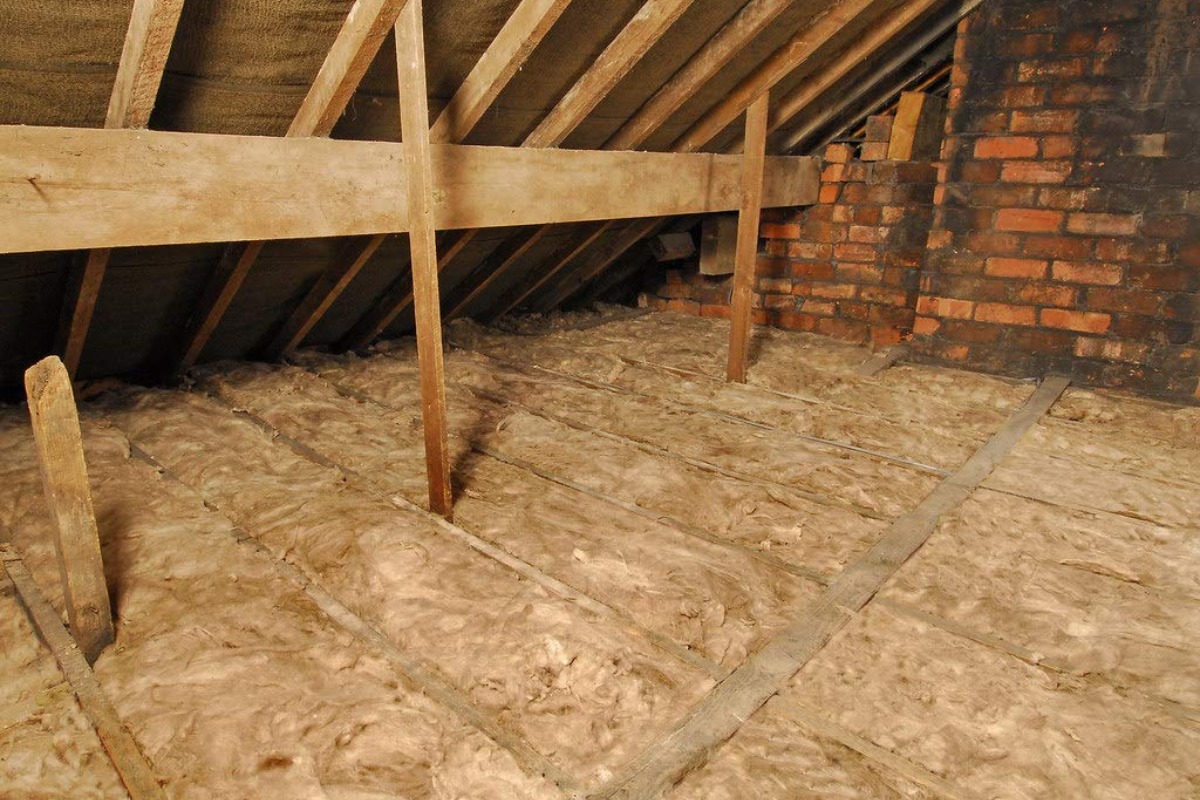
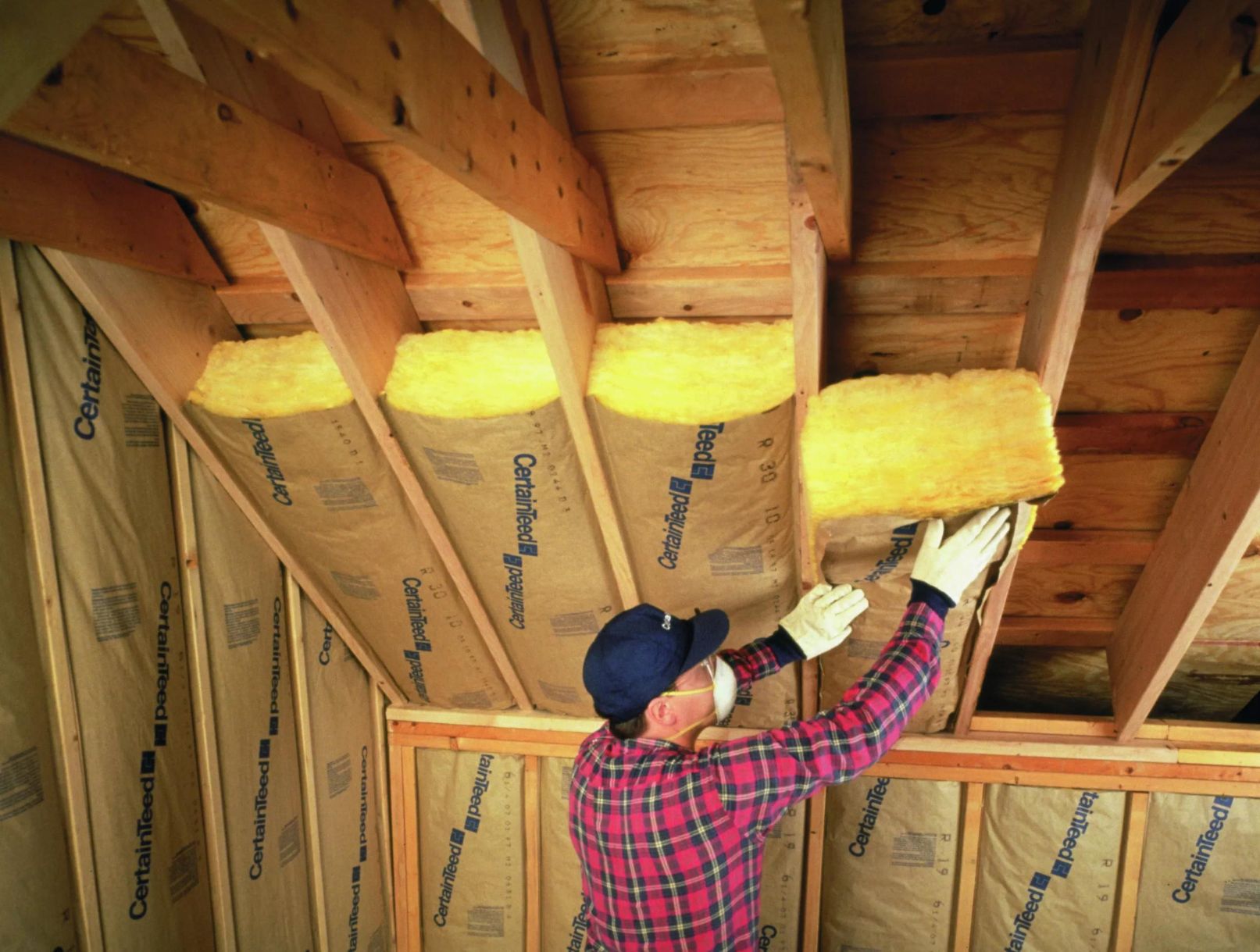
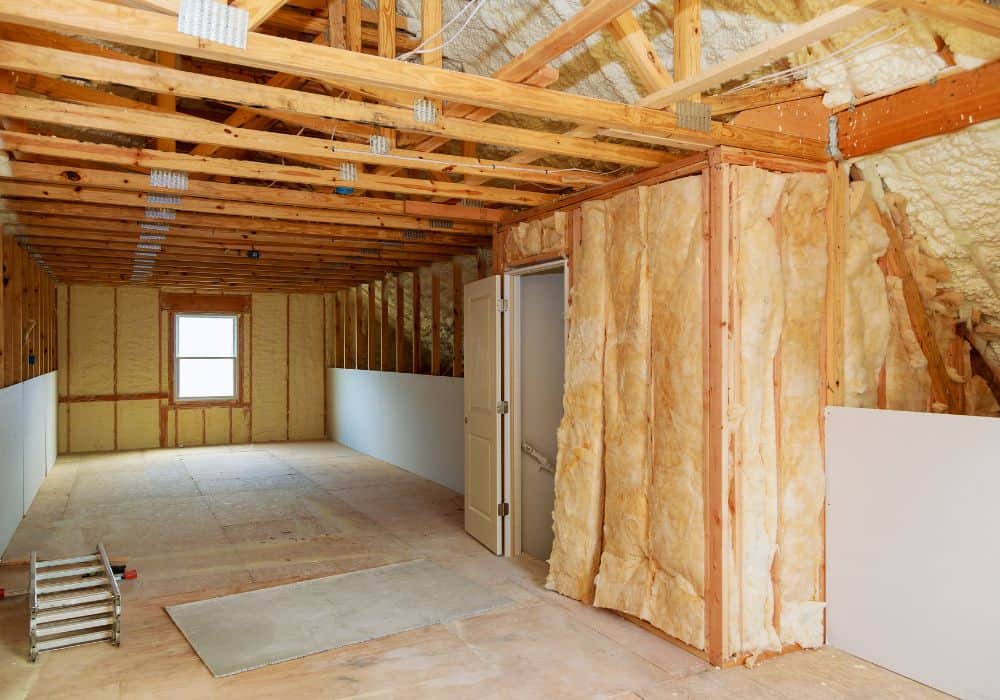
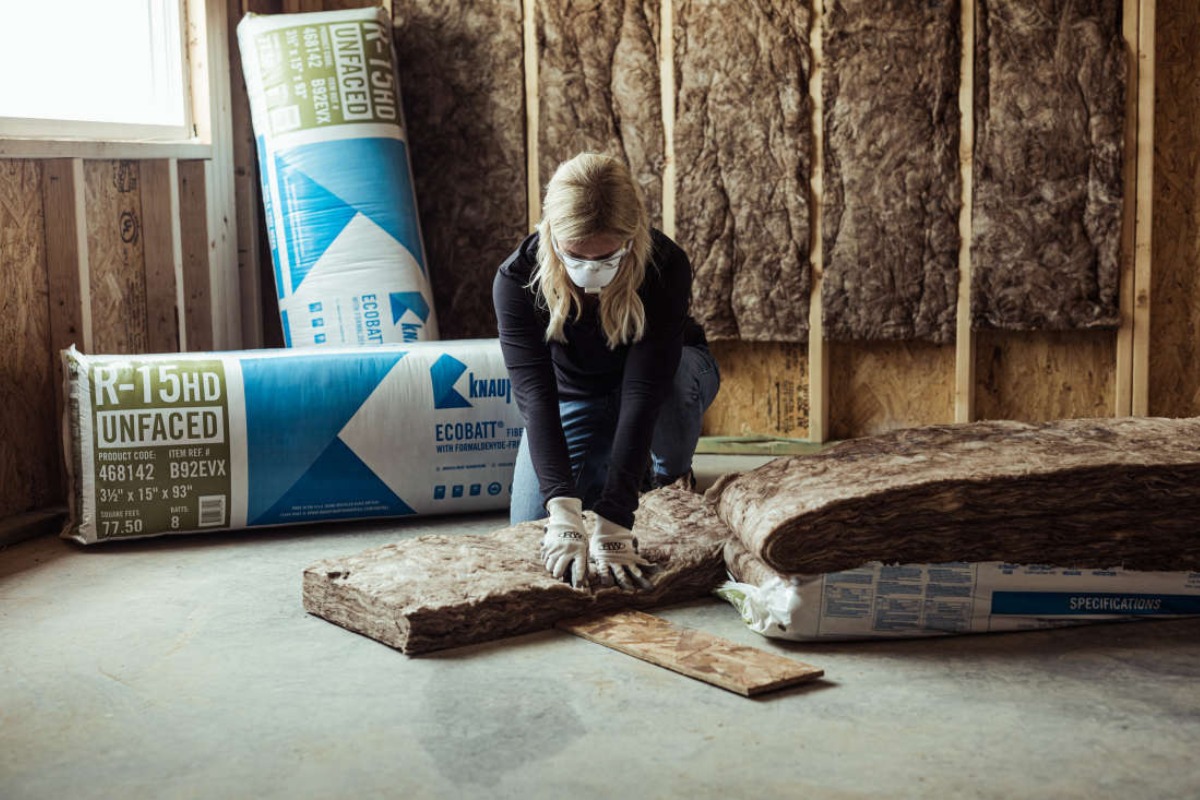

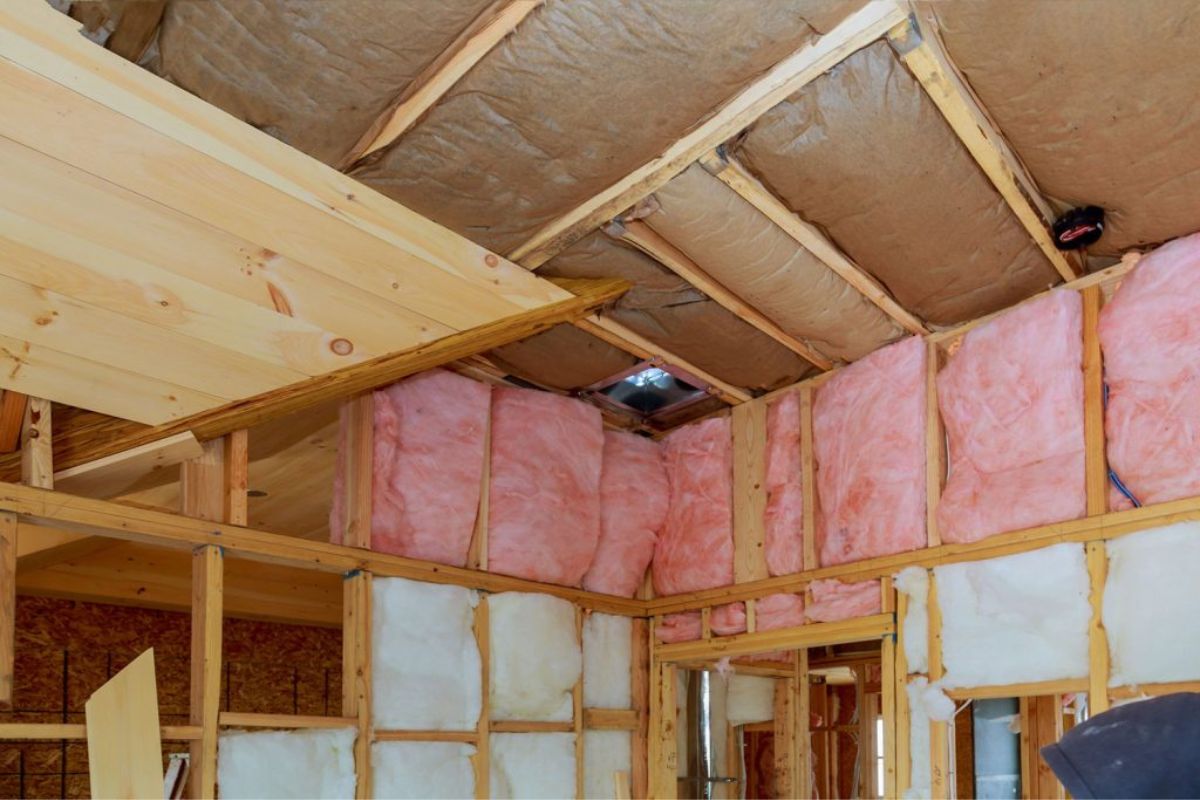
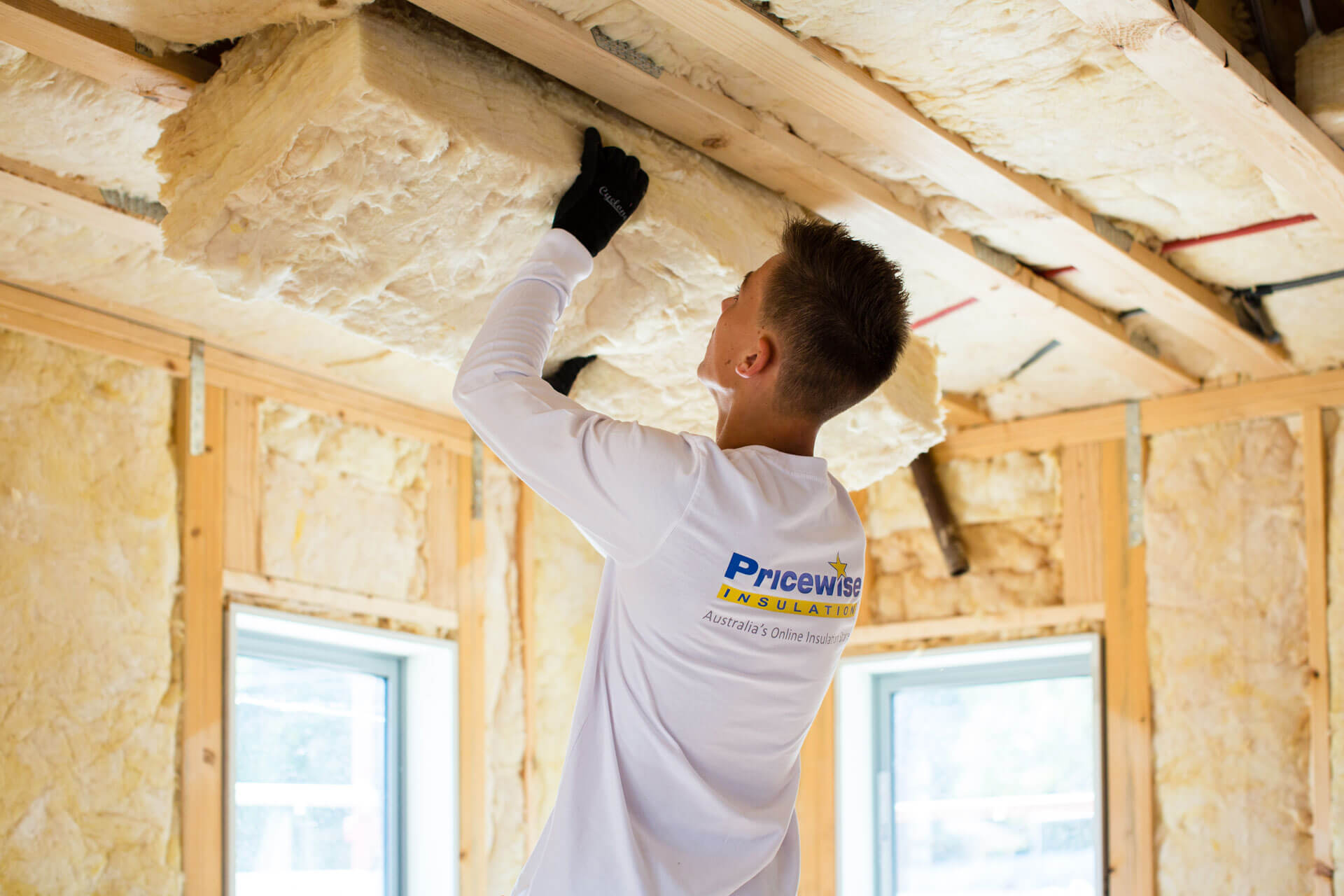
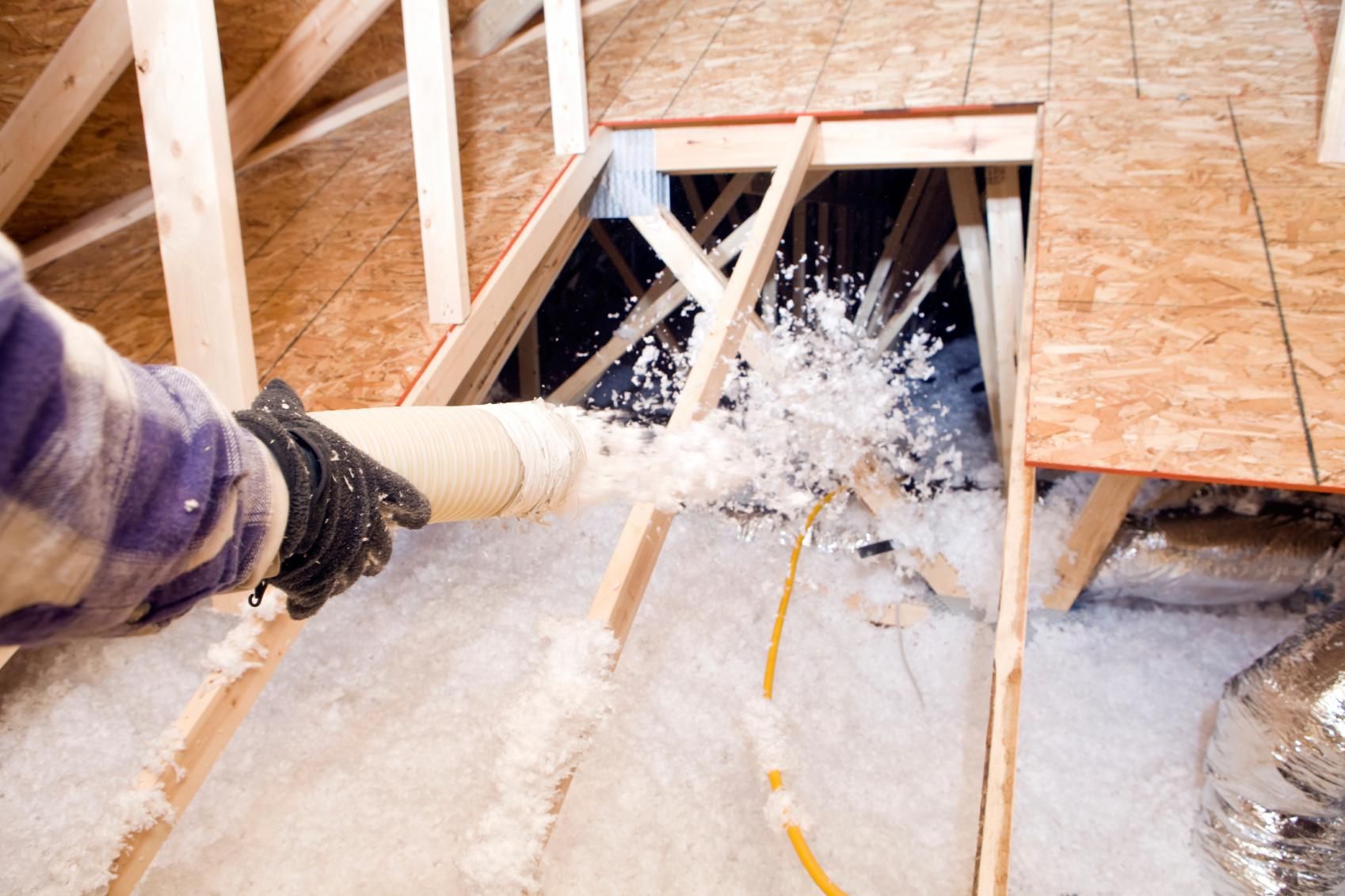
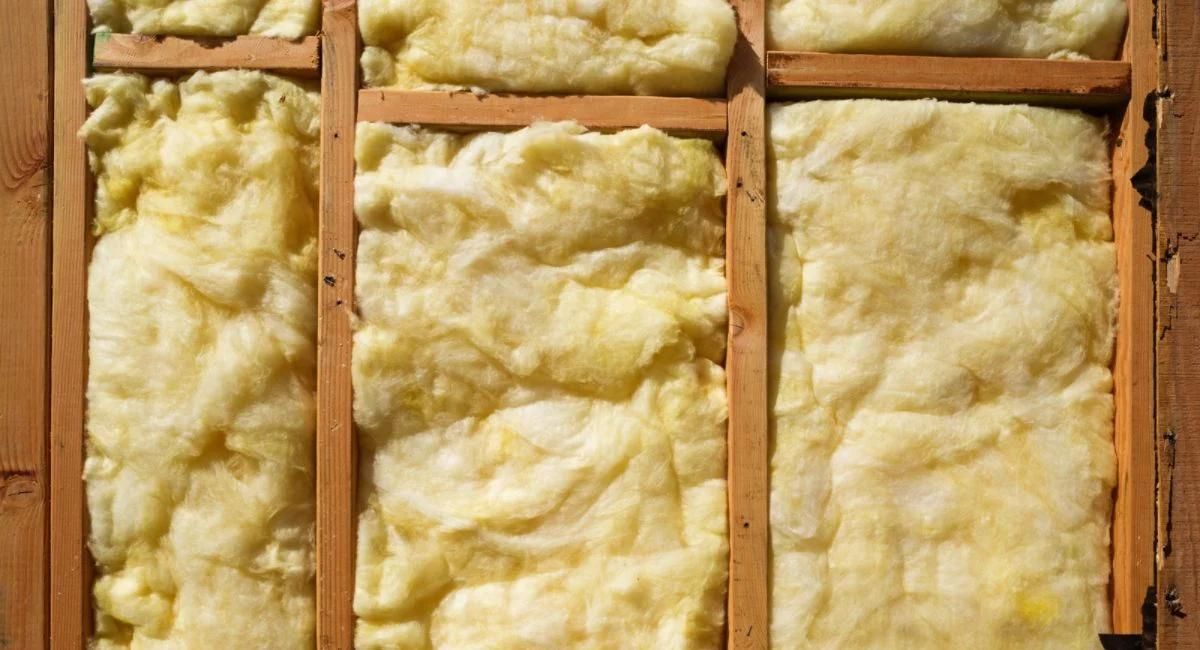
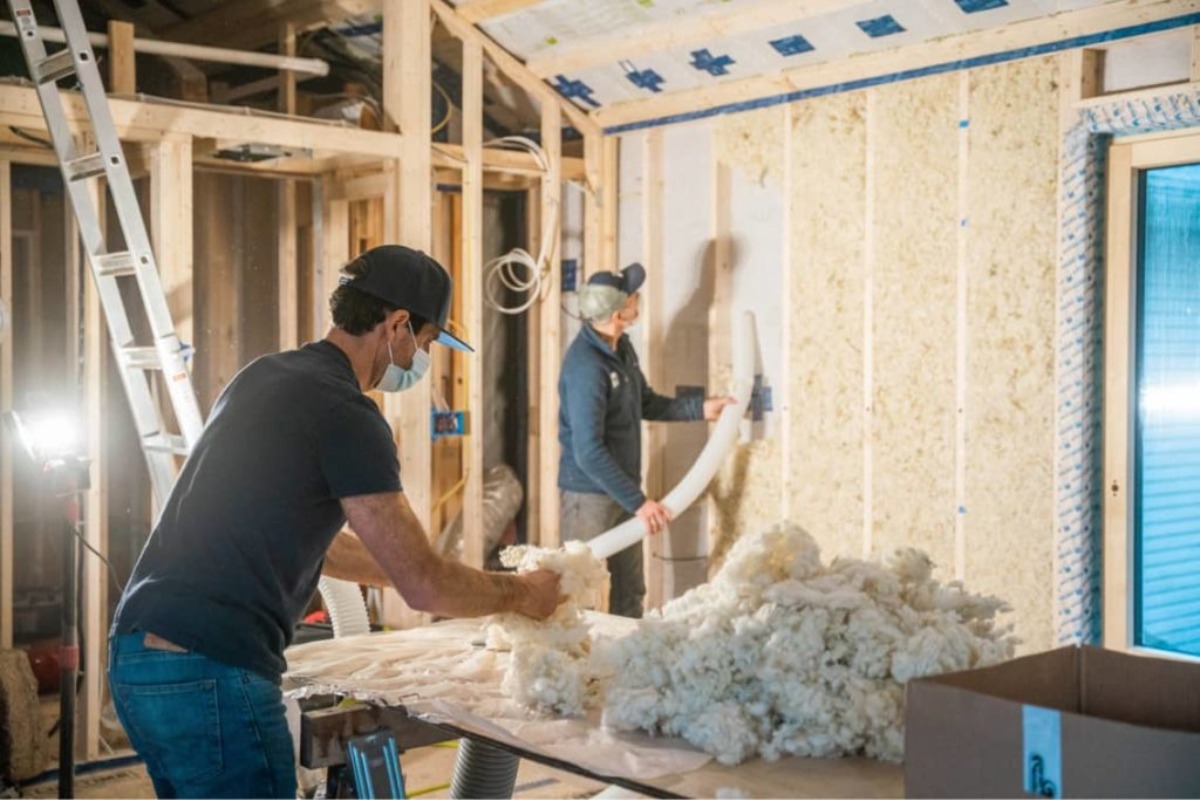
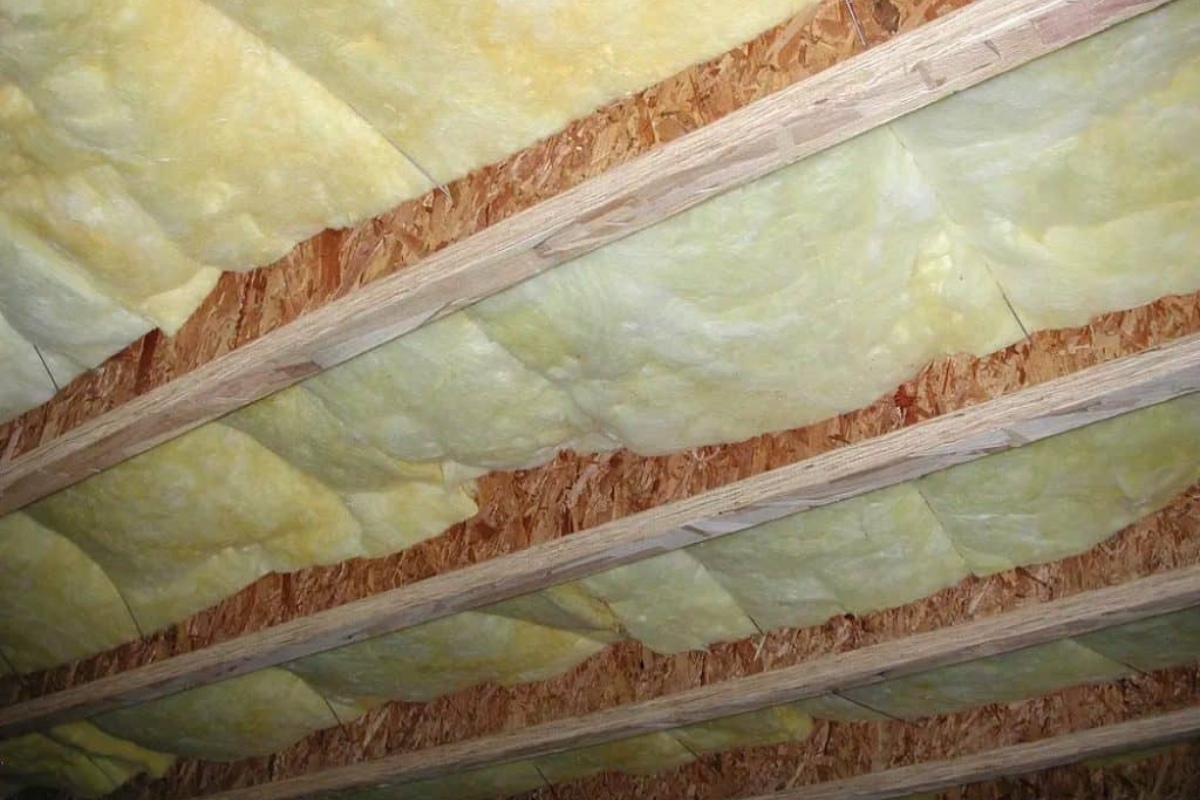
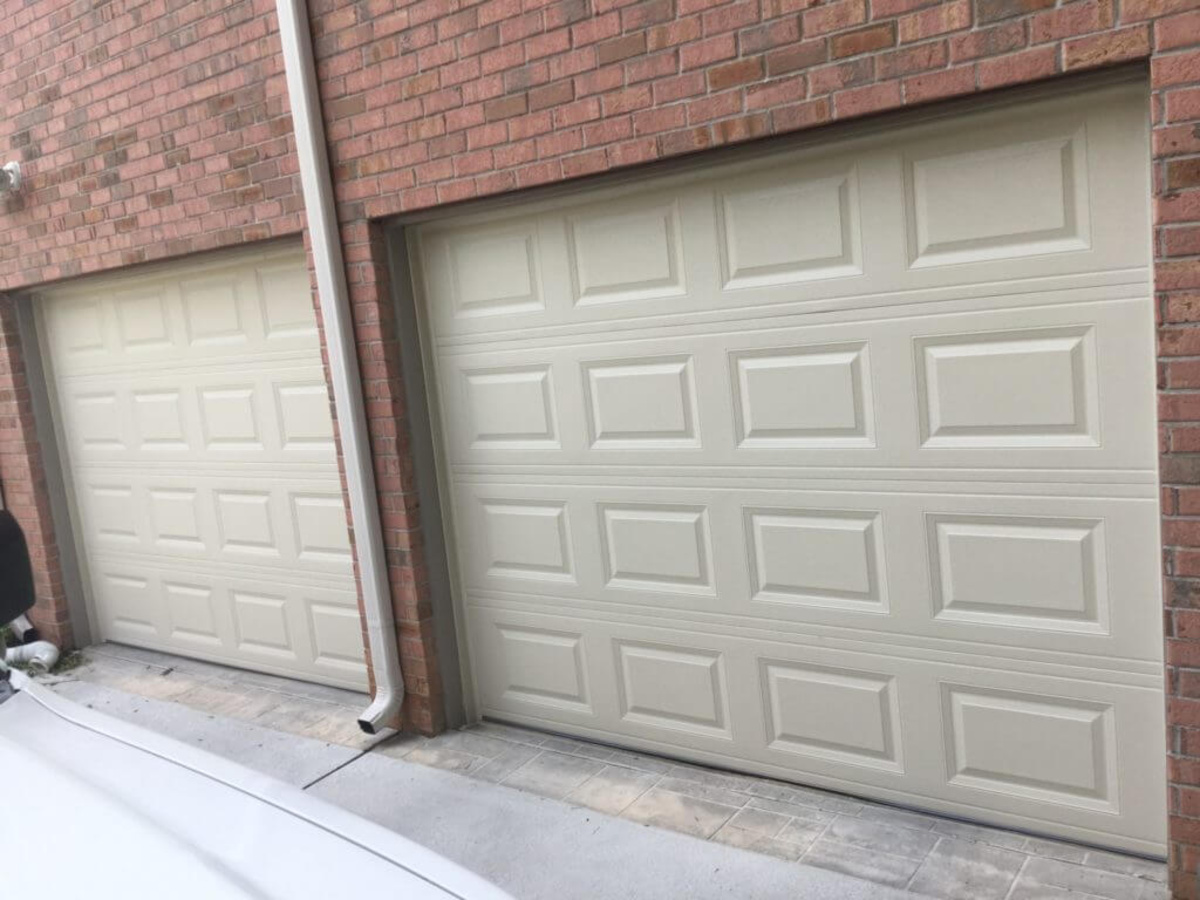
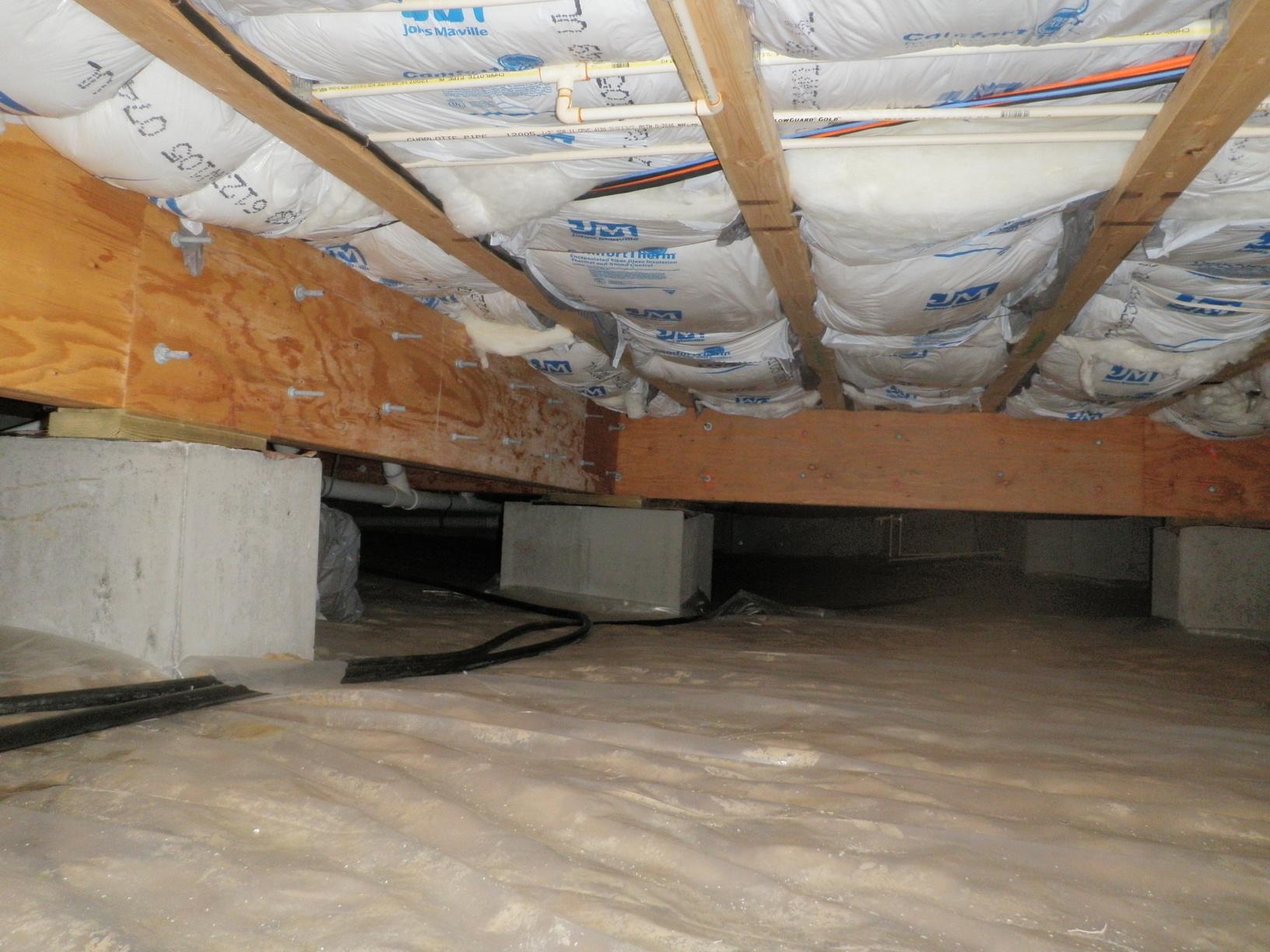
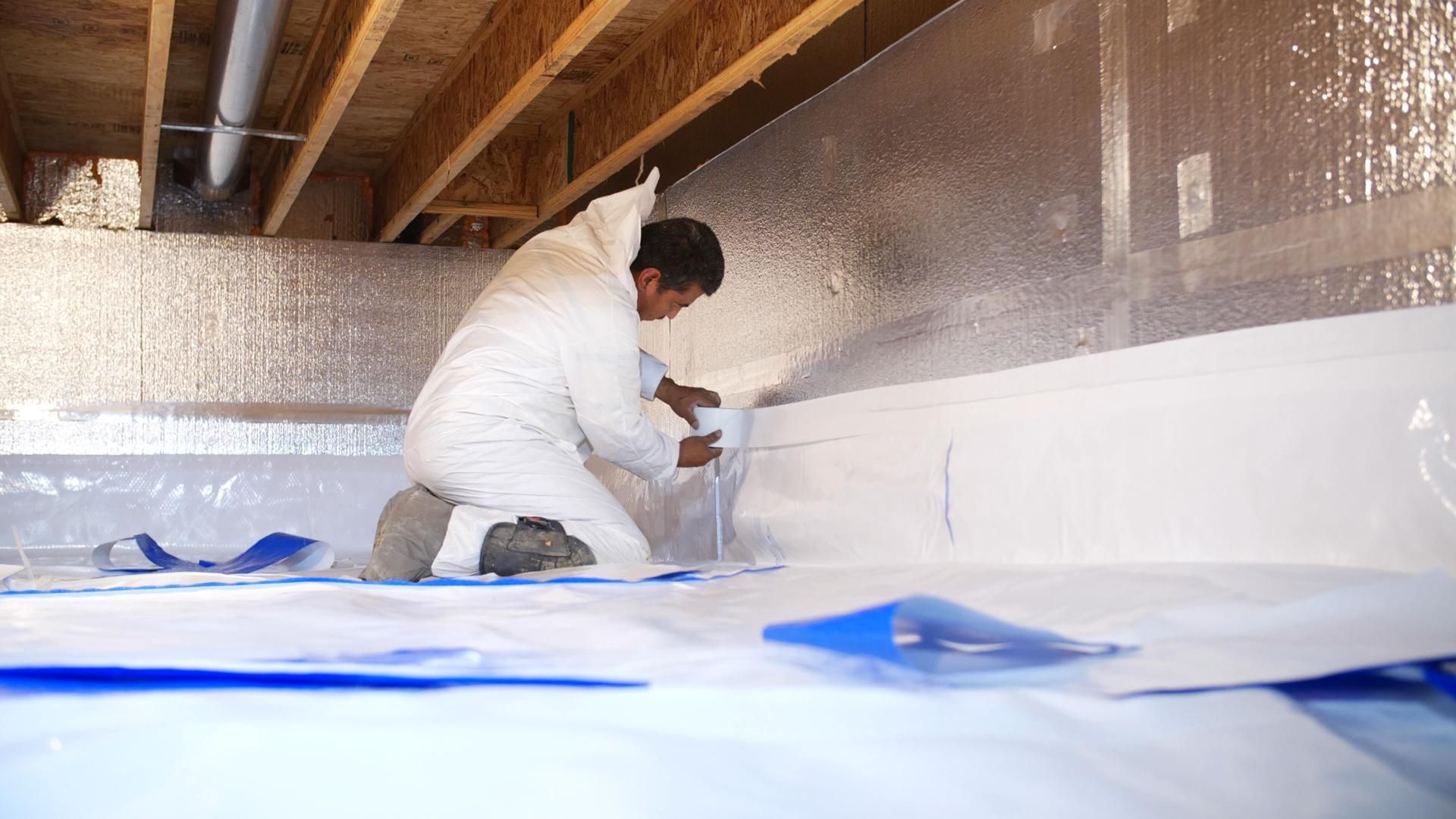

0 thoughts on “What Is A Good R Rating For Insulation”